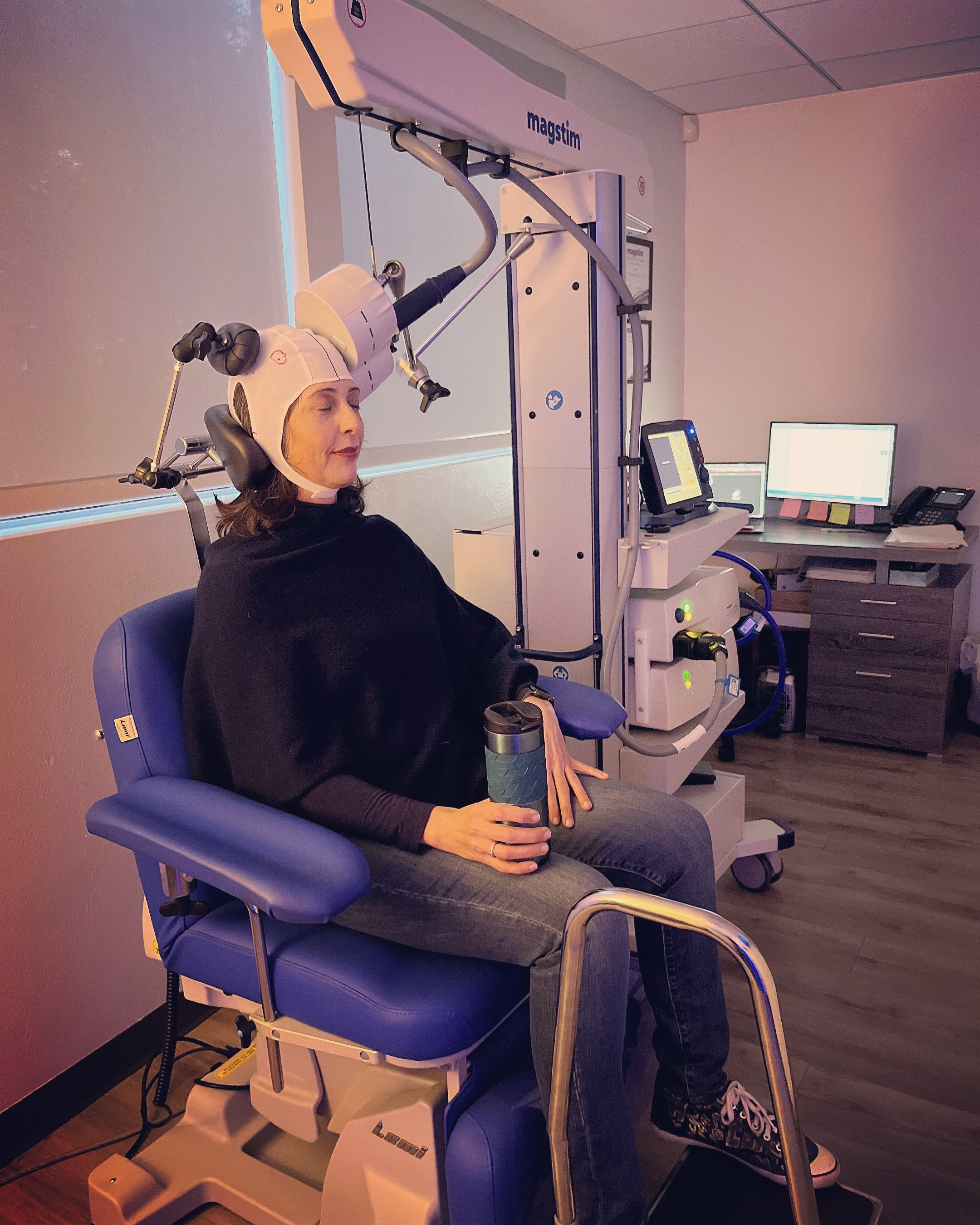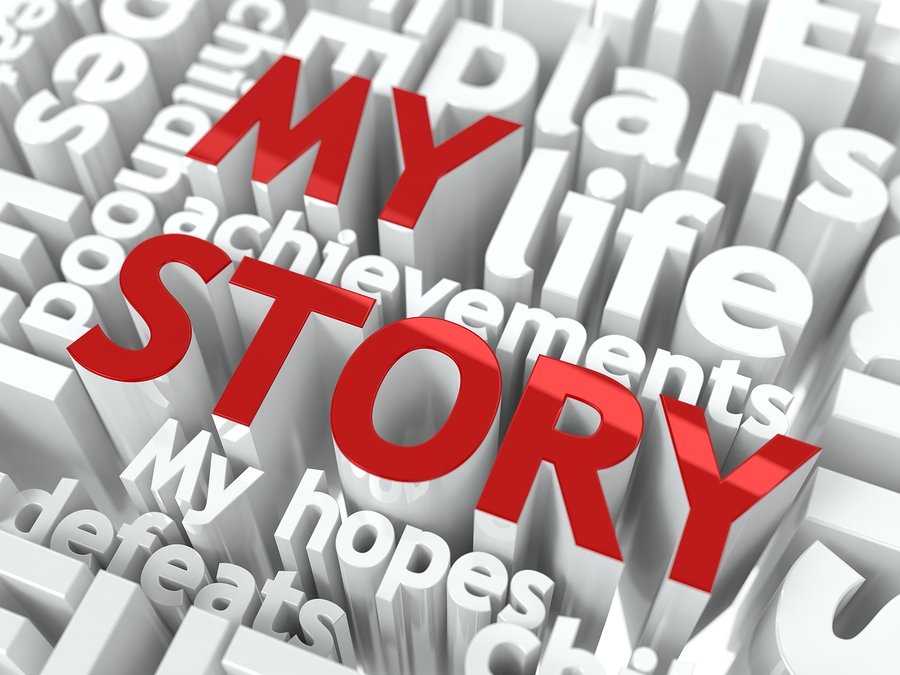Finding Hope in Possibilities
/By Mia Maysack, PNN Columnist
My journey in advocacy began and revolved around healthcare reform. I’ve since stepped back from that pursuit, the main reason being that the medical-industrial complex isn’t the only system in need of dismantling. It didn’t make sense for me to focus solely on one aspect, but rather all of them, and the ways in which they are polluting the same corrupted river.
My efforts started out fixated on neurological disorders, because that’s what I’ve endured for most of my life. But I believe each diagnosis matters equally, and whether I’m able to personally relate to them has always been irrelevant to me. I still care about everybody’s dignity and I believe most patients appreciate my efforts.
I’ve met some of my absolute favorite individuals through this work, but a large percentage remain stuck in their grief and mourning or wrapped up in their pain identity. I get that because I’ve been there.
Despite my patience and understanding, that’s often not what I receive in return. I’m thankful for the inner work I’ve done, which provides strength for me to withstand those who so boldly mistreat me. I also understand that it is more about them and their inner climate than me. That doesn’t mean I am better than anyone, but that I operate from the bigger picture.
Despite having every reason a person could think of to give up, I have not. What I offer the pain community is a new way of thinking: hope in the possibility of brighter days ahead.
I’ll never understand why some choose to remain miserable when they don’t have to. It doesn’t make sense to me how people can sit and complain about not being well enough to call a legislator or advocate for themselves, but devote so much energy and time into diminishing those of us who try to turn our misfortune into something that all are able to benefit from.
What hurts more than the attempted character assassination is the fact that we continue losing so many to suicide, not just in the pain community but the world around us. I reflect on how the cruelty I’ve endured could be the last thing someone encounters before they choose to just finally throw in the towel. It’s infuriating because it means we’re essentially playing a role in murder.
I am sorry if your life experiences have led you to feel as though the only thing you’re able to do is to attempt to hurt other people. I know that those frustrations are not to be taken personally, but stem from the doctors, trial and error treatments, and the broken society that has failed us.
You should know that I’m strong enough to lovingly receive the hate, but not everybody else is. Please think twice next time you are compelled to try ripping someone else into shreds. Ask yourself, does it really make you feel any better?
When I say “get well soon” -- as I did in my last column -- I wholeheartedly meant it. I’m living proof that it’s possible, and no one gets to belittle or reduce that in any way. If and when you’re ready to come out of the darkness, I’ll still be here.
Mia Maysack lives with chronic migraine, cluster headache and fibromyalgia. She is the founder of Keepin’ Our Heads Up, a Facebook advocacy and support group, and Peace & Love, a wellness and life coaching practice for the chronically ill.












